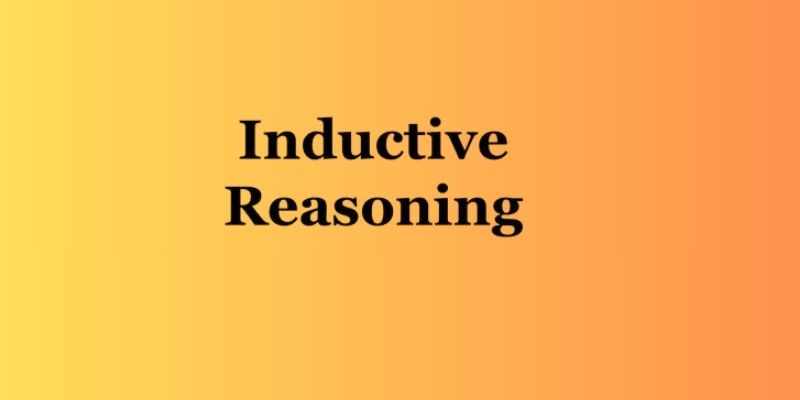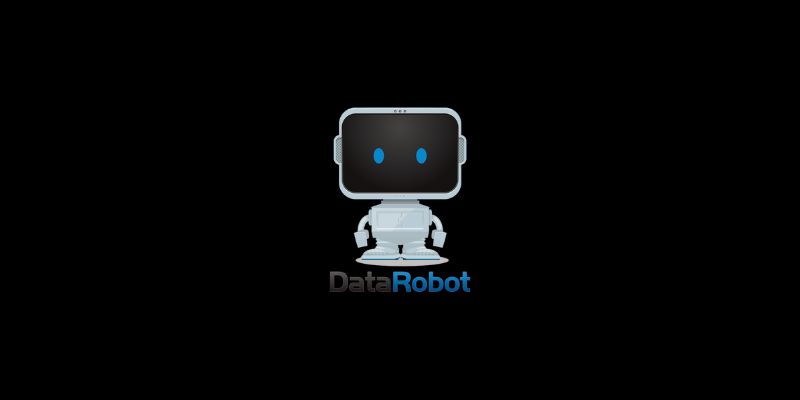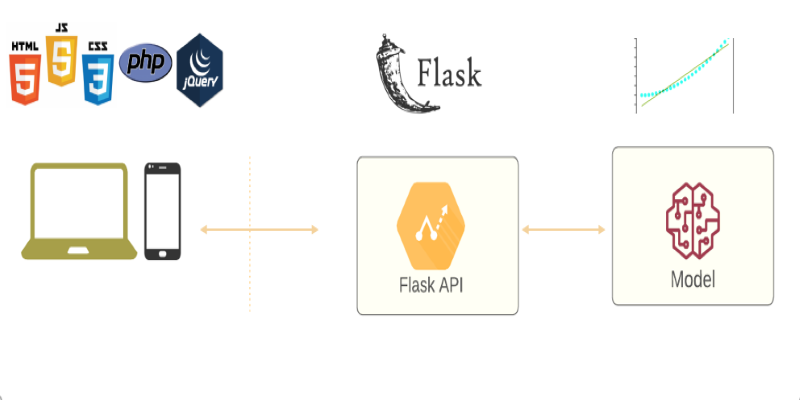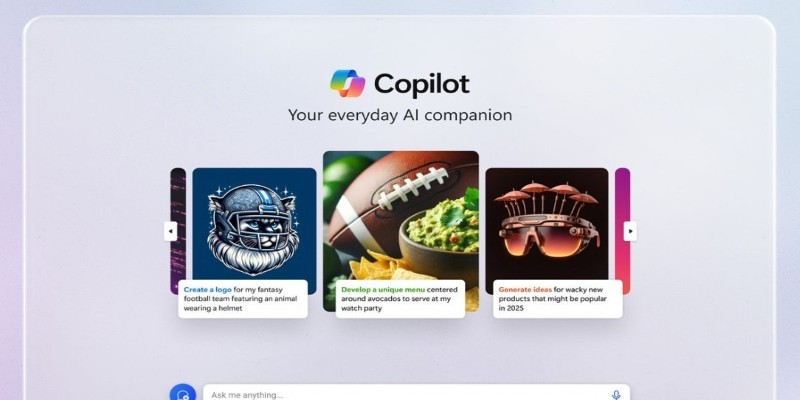Advertisement
Every day, we use reasoning even without realizing it. Inductive reasoning is one often used kind. It begins with examples and ends with a general idea. For example, if the sun rises daily, we expect it to rise tomorrow. That constitutes an inductive case. It guides our guesses, opinion formation, and problem-solving process. Researchers take advantage of it.
News reporters make use of it. You make use of it at home and in school. Although it's not flawless, inductive logic is instrumental. It sharpens ideas and aids in error avoidance. It guides our decisions and helps us to evaluate claims. This article helps to clarify the mechanics of inductive arguments and their importance. Prepare yourself to start thinking more sensibly.

Inductive reasoning helps us form general ideas by observing specific examples or facts. You glance at a few items and then draw a broad conclusion. Although it might not be entirely accurate, such a conclusion makes logical sense and is most likely true.
Here is an example:
It is a reasonable estimate if you have seen many swans. However, it's not exactly clear. You may spot a black swan one day. It would show that your estimate is incorrect. Deductive reasoning is different from inductive reasoning. Deductive reasoning begins with a rule and leads to a certain conclusion. Starting with facts, inductive reasoning generates a reasonable estimate. Inductive thinking is quite helpful, even if it is not flawless. Every day, it aids in our learning, problem-solving, and improved understanding of the surroundings.

Debates and daily life depend on five common inductive argument types:
Every inductive argument is unique. While some are weak and hardly persuasive, others are robust. A powerful inductive argument indicates the most likely truth at the end. A weak one suggests it is not particularly likely. Your degree of evidence and quality will determine the strength of the case. Stronger evidence and more examples make the argument more convincing. Less proof or inadequate models weaken it. Every day, more innovative thinking results from better reasoning and predictions.
Here's A Weak Example:
Here's A Stronger One:
More examples, more sampling, and fewer exceptions make the argument stronger. But even strong inductive arguments are not specific. They are, most likely, not verified. However, we depend on them since they apply to many real-life events.
These are two main kinds of reasoning. Let's examine their differences now:
Inductive thinking starts with facts or experiences, recognizing trends to form broad conclusions. Though not always precise, it helps us predict outcomes and solve everyday problems. It is a helpful tool regardless of its flaws.
For Example,
Deductive reasoning starts with a universal truth or agreed-upon guideline. It follows that rule logically to particular circumstances, producing a required and reasonable result. The outcome is always actual if the policies and procedures are accurate. It's dependable, particularly in science, math, and methodical problem-solving.
For Example:
Innovative thinking and better daily decision-making depend on both kinds of reasoning.
Daily existence consists mainly of inductive arguments. We use them to make smart guesses and good choices. Scientists use induction to form hypotheses from data. They repeatedly test patterns to create confident theories. Though they do not prove everything, these ideas provide excellent support. Every day, we use induction. If rain falls every afternoon, we pack an umbrella the next day. That is a reasonable estimate grounded in a trend.
Furthermore, developing critical thinking is inductive reasoning. It allows us to test issues like, "Is the pattern strong?" or "Could something else produce this?" These questions prevent us from accepting weak or complex statements. Sound inductive logic also helps us to improve our communication. People believe us more when our concepts seem fair and reasonable. It improves how we explain ideas in debates, reports, and conversations. So, acquiring to use inductive reasoning helps in school, life, and everyday conversations.
Inductive reasoning enables us to make wiser decisions and improve our cognitive ability. They direct our learning and approach to problem-solving. We utilize them to understand the world, from dinner tables to scientific laboratories. They usually lead us close to the truth, even if not perfectly accurate. They help us identify trends, evaluate claims, and stay alert to weak arguments. Learning to use them well helps us become more intelligent and considerate. Good thinking produces influential minds. Thus, practice everyday inductive thinking; it improves your thinking for life, education, and every decision you make.
Advertisement

DataRobot's Feature Discovery runs inside Snowflake, offering more secure and scalable machine learning feature engineering

Discover reinforcement learning key concepts, training AI through feedback, and machine learning with rewards in action here

Adobe plans to integrate generative AI tools from OpenAI and others to boost creative workflows and user productivity

Learn how to deploy your machine learning model with Flask in 2025. Step-by-step guide on setting up Flask, testing your API, and making your model production-ready

Learn how artificial intelligence organizes random data, increases output, and drives efficiency throughout content management

Know what an AI accelerator is, how it works, and why it's vital for powering today's smart tech and intelligent systems

Want to chat, learn, or translate using ChatGPT in another language? Discover how it handles multiple languages and helps with grammar, vocabulary, and fluency

Dive into the strengths and weaknesses of open-source AI models and what they mean for innovation.

How to generate and edit DALL·E 3 images step by step using the Copilot Image Creator. Discover how to turn text prompts into stunning visuals and make quick edits—all without design skills

Encountering errors in ChatGPT? Learn how to fix common issues like "not responding," "network errors," and more with these easy-to-follow solutions

What’s really going on inside a black box AI model? Discover how deep learning, abstraction, and randomness make AI powerful—but hard to explain

Learn how to create effective charts using ggplot in Python. This guide covers syntax, setup, and examples for powerful data visualization using the plotnine library